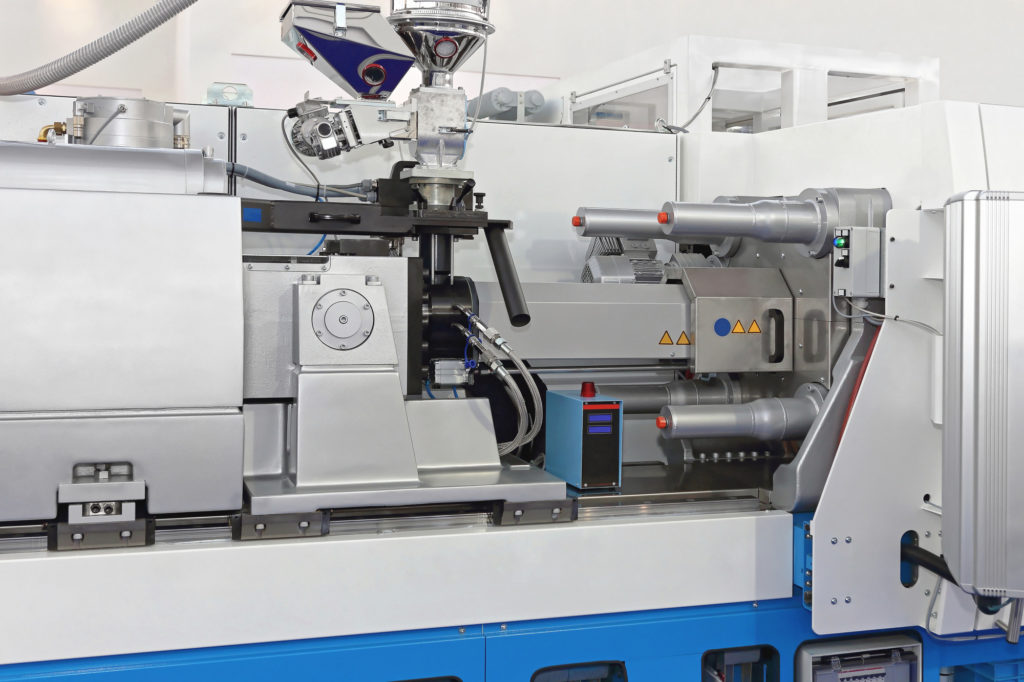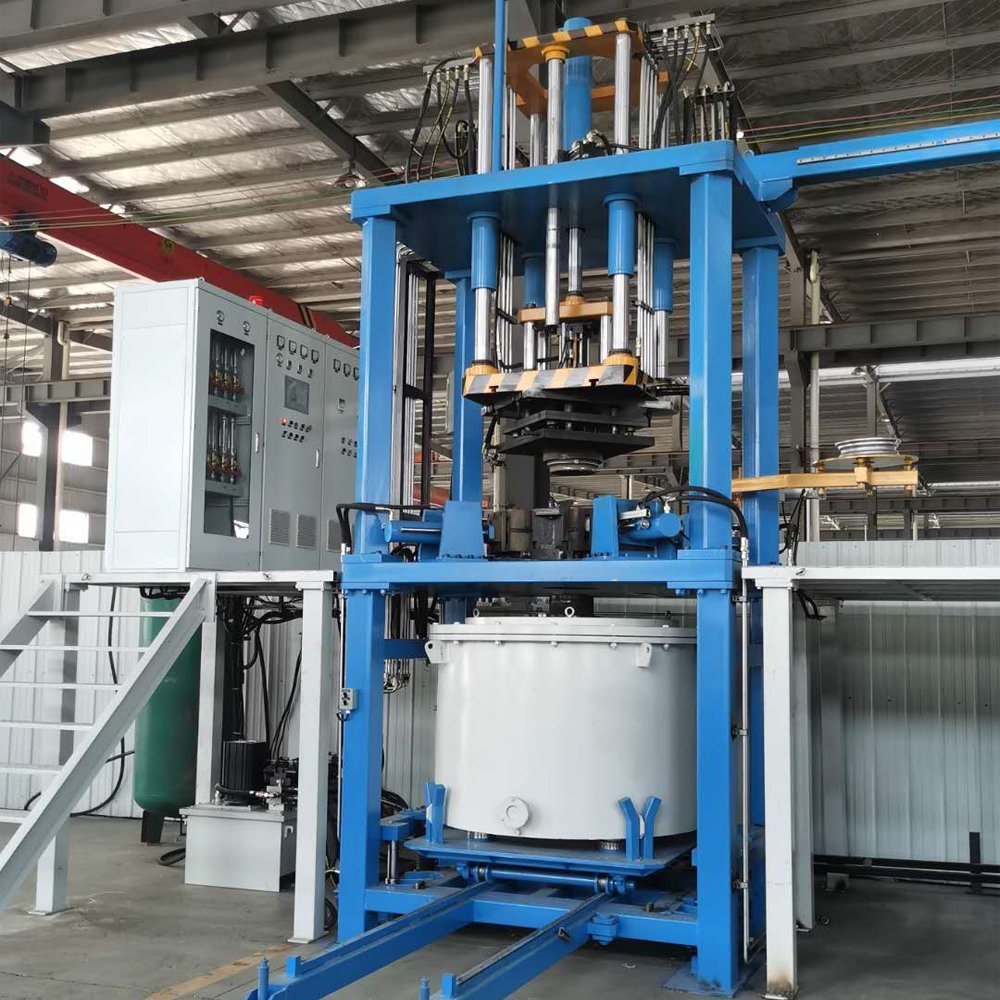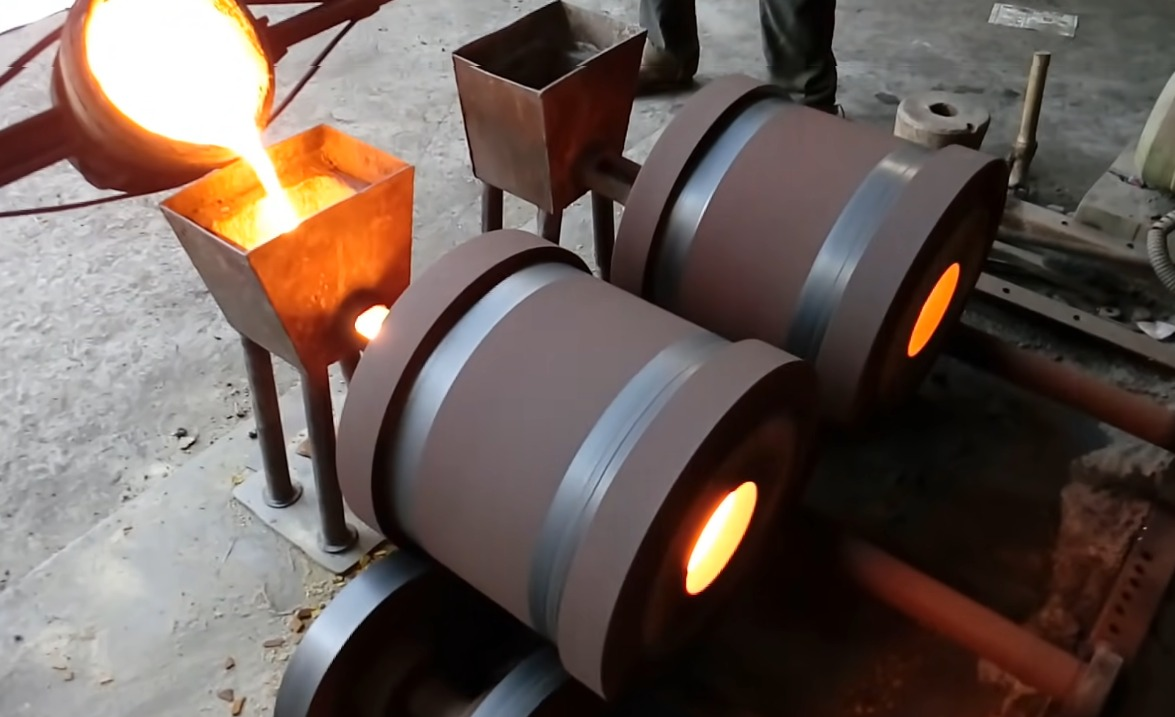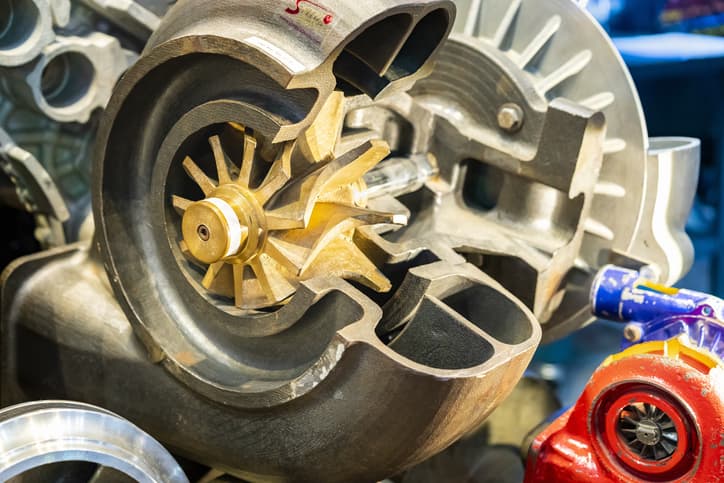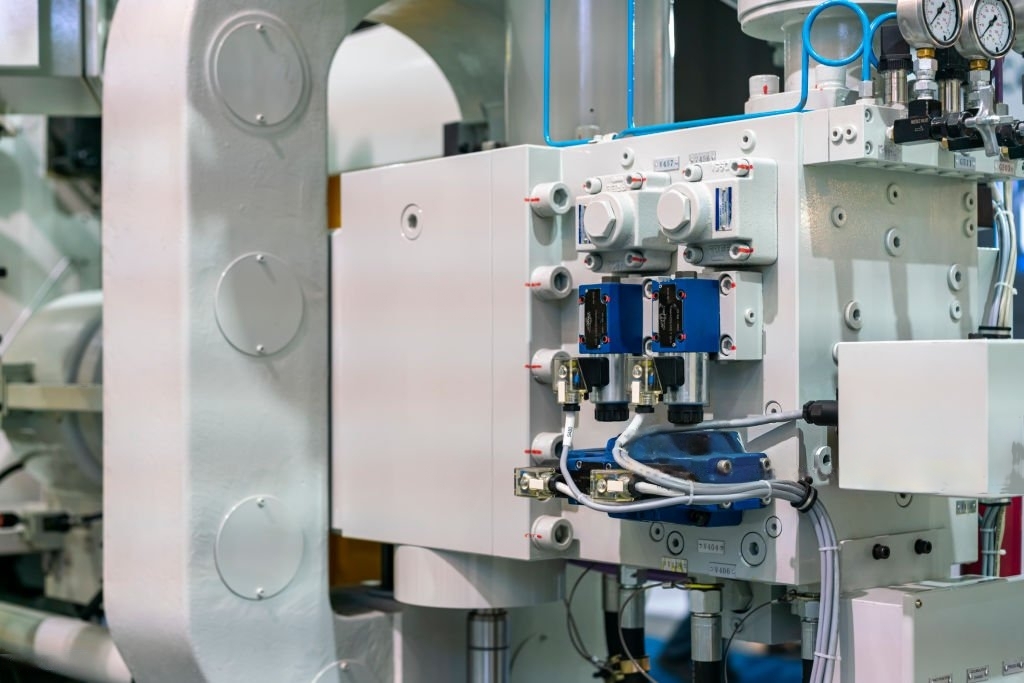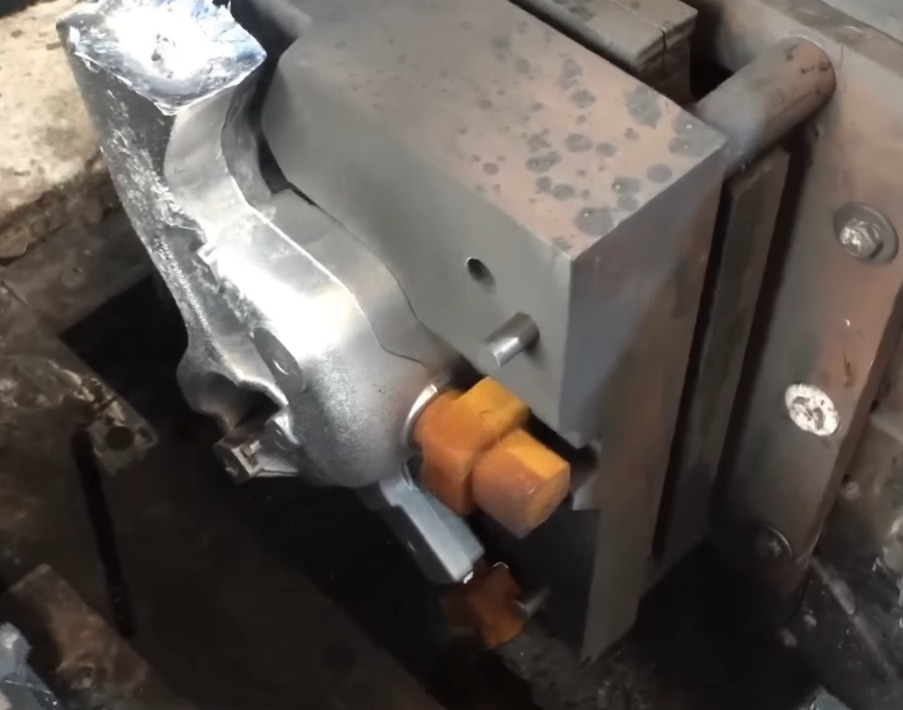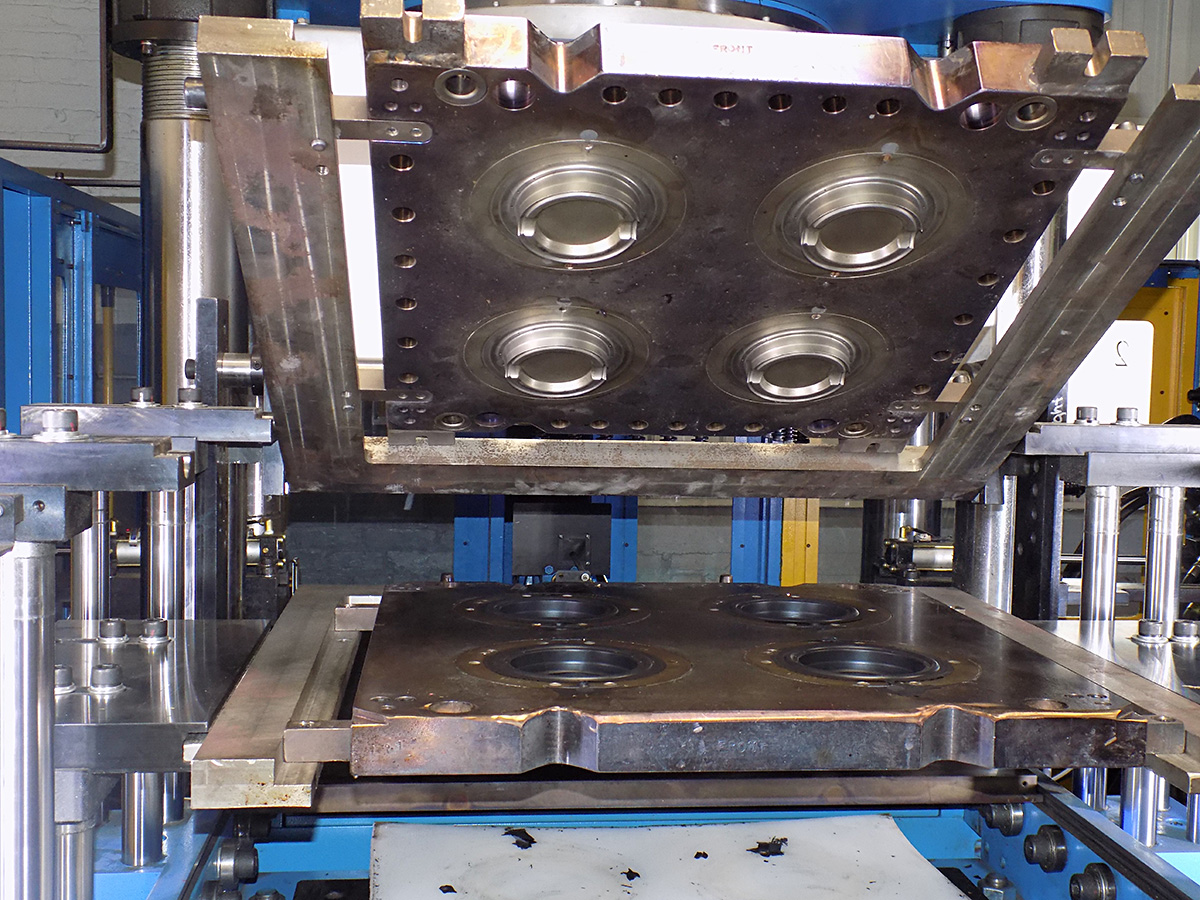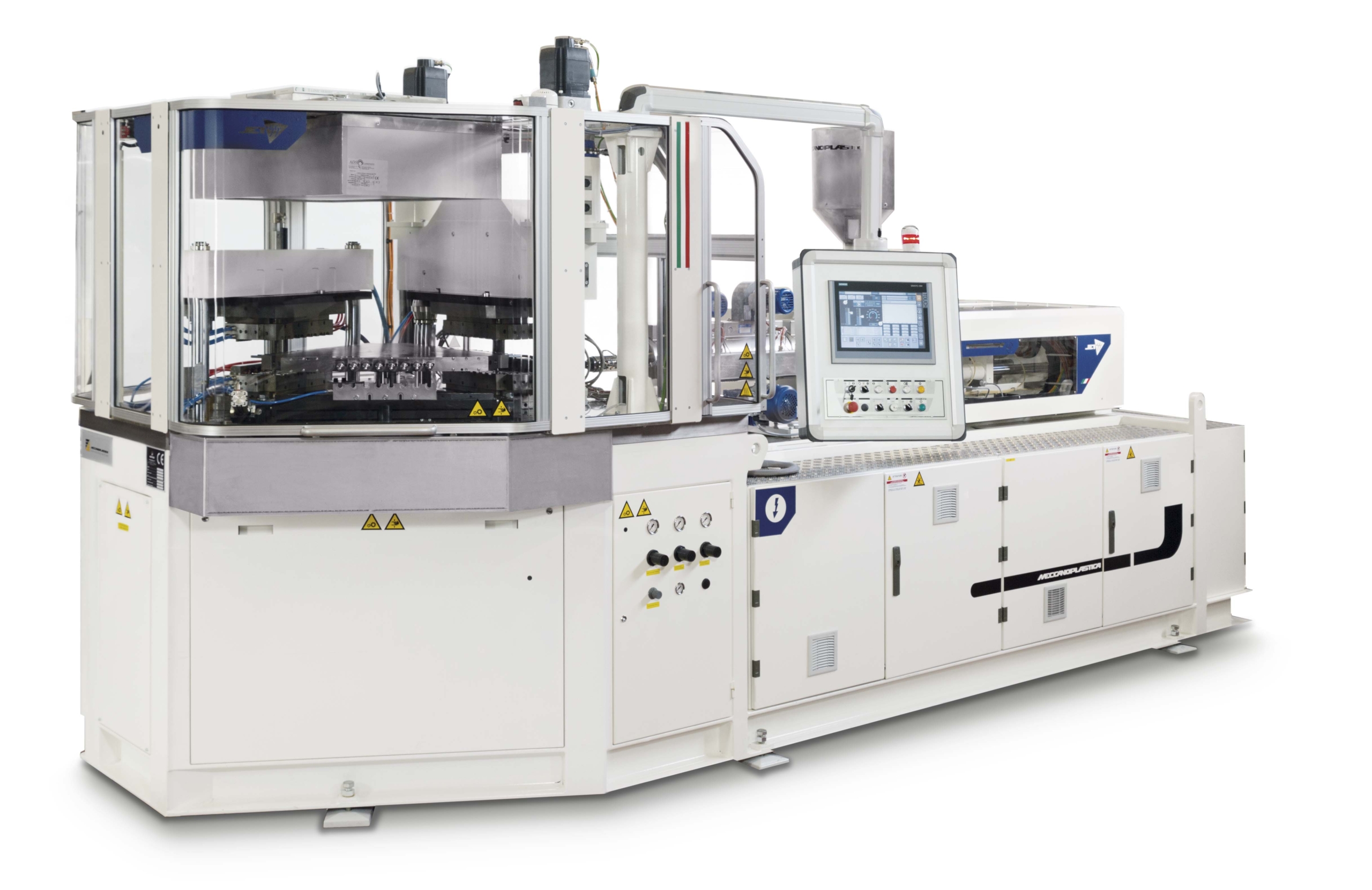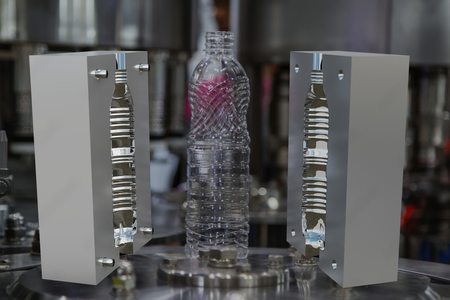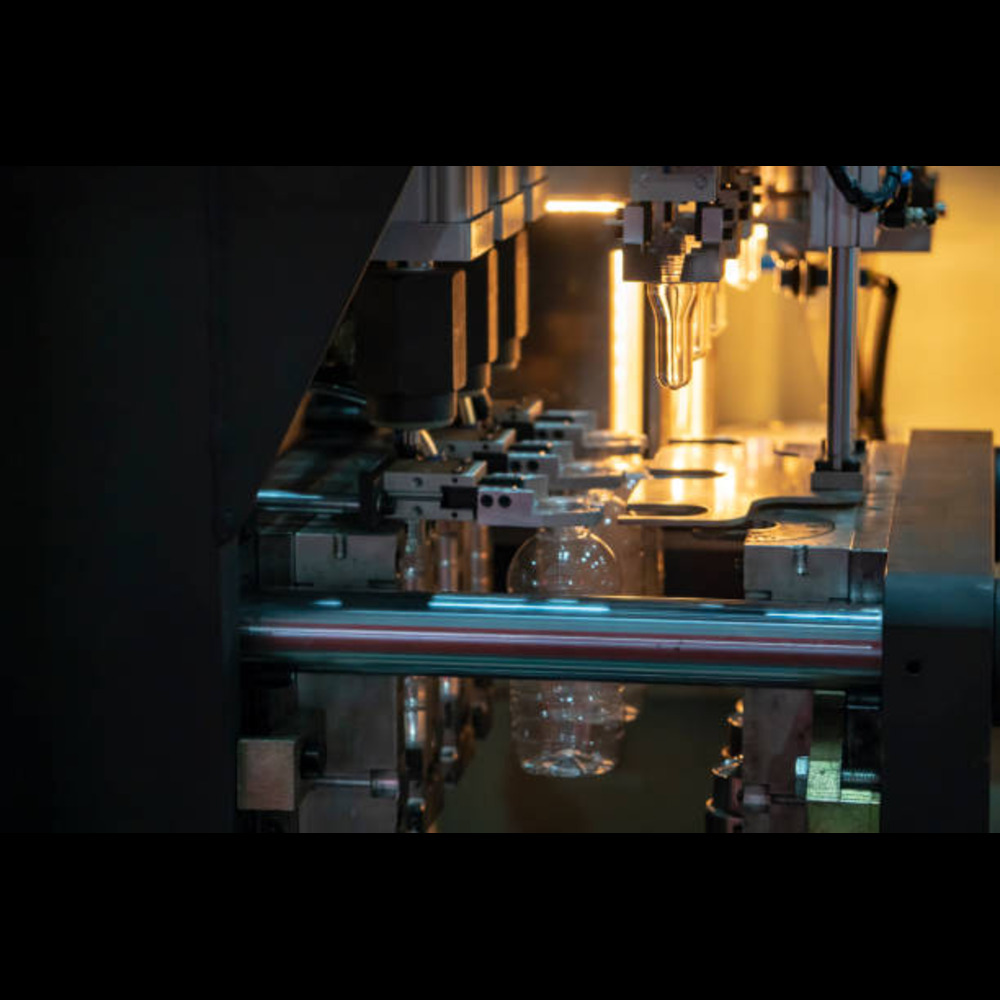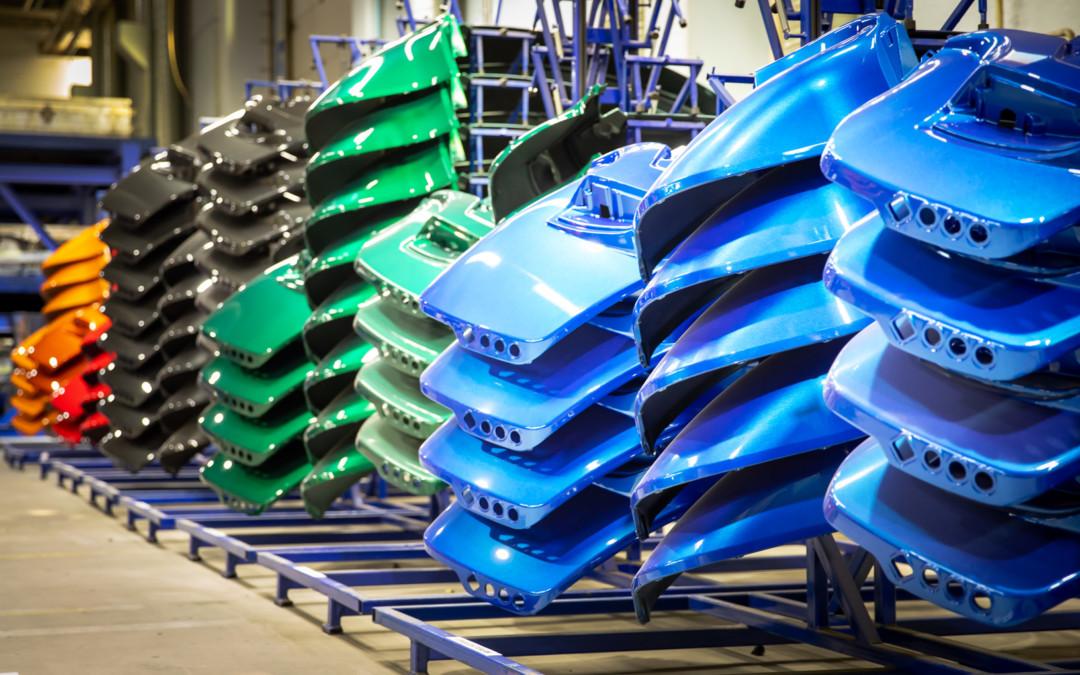Low pressure die casting (LPDC) is one of the metal casting processes. It uses low pressures to force molten metal into a die cavity.
It is generally used for casting aluminum and magnesium alloys. This method is suitable for producing complex-shaped components with tight tolerances.
This article provides a deeper understanding of,
- What is Low Pressure Die Casting (LPDC) ?
- Low Pressure Die Casting Process:
- Advantages and Disadvantages of Low Pressure Die Casting:
- Applications of Low Pressure Die Casting:
- Difference between Low Pressure Die Casting Process and High Pressure Die Casting Process:
- How TOPGRID can help you ?
What is Low Pressure Die Casting (LPDC) ?
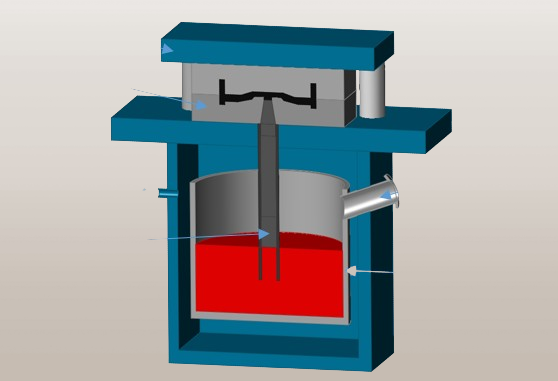
Low pressure die casting is a casting process where molten metal is injected into a mold at relatively low pressure. This method is used to create complex, detailed parts with tight tolerances. It’s a cost-effective alternative to high pressure die casting for certain applications.
Low Pressure Die Casting Process
Before choosing a casting service, you must know about the process yourself. This concise guide outlines each step of the low pressure die casting process, offering you a clear step-by-step overview.
The low-pressure die casting process steps are,
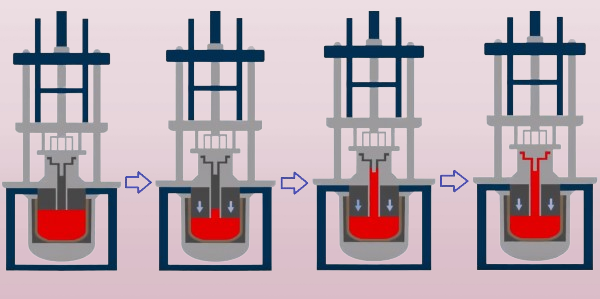
Step:1
Mold Preparation:
The process begins with the preparation of a mold that defines the final shape of the metal component. The die is preheated to a temperature that is slightly below the melting point of the metal being cast.
Step:2
Molten Metal Injection:
Molten metal, often aluminum or zinc, is poured into a holding furnace that is located below the die. The molten metal is injected into the mold at relatively low pressures.
That is, pressure is applied to the molten metal to force it up into a riser tube and the die cavity.
Step:3
Solidification:
The pressure is held until the metal solidifies completely. The metal takes the shape of the cavity.
Step:4
Ejecting:
After the metal gets solidified, the mold is opened. The newly cast product is released.
Step:5
Trimming and Finishing:
Excess material (flash) is removed. Additional finishing processes may be applied to meet quality standards. Excess material and any scrapped parts are often recycled for future use.
Thus these are the steps involved in the low pressure die casting process.
And, when it comes to the difference between High Pressure die casting and low-pressure die casting, the key difference lies in the casting pressures If you’re looking for more die casting, you may check out Our Gravity Die Casting
Advantages and Disadvantages of Low Pressure Die Casting
When choosing or learning about manufacturing processes you need to consider both the pros and cons of it. That helps you in better decision-making, minimizing costs, and ensuring the quality of your products.
Here are a few advantages and disadvantages of the low-pressure die casting process.
Advantages of Low Pressure Die Casting:
A few advantages of the low-pressure die casting process are,
- Low-pressure die casting often results in components with enhanced mechanical properties. This includes better surface finish and structural integrity.
- The lower pressure used in this process contributes to reduced porosity in the castings. This leads to improved material density.
- It is well-suited for casting complex shapes and intricate components.
- The need for additional finishing processes is less in this method, since it can produce parts with a smoother surface finish.
- The process generally requires less energy compared to high pressure die casting making it more energy-efficient.
Disadvantages of Low Pressure Die Casting
A few disadvantages of the low-pressure die casting process are,
- The process can have a slower production rate compared to high-pressure die castings. This may impact overall efficiency for high-volume production.
- Tooling costs for low-pressure die casting can be high, especially for complex molds. This impacts the initial investment required.
- Certain materials may not be well-suited for low-pressure die casting. This limits the range of alloys that can be used in the process.
- While producing high-quality parts, the cycle time for this casting method can be longer. This affects the overall production time.
- Large and heavy parts may be challenging to produce using low-pressure die casting. This is due to the constraints of the process.
Applications of Low Pressure Die Casting:
Low-pressure die casting finds its applications in various industries. It has the ability to produce intricate components with improved mechanical properties.
Thus making it suitable for producing parts that are used across various industries.
Automotive:
LPDC is widely used for the production of automotive parts such as,
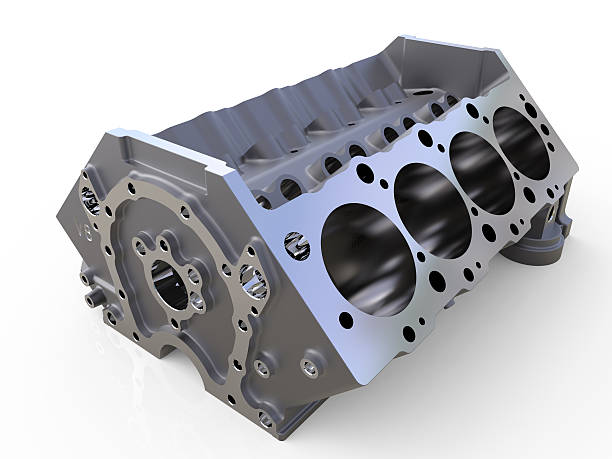
- Engine blocks
- Cylinder heads
- Intake manifolds
Aerospace:
This process is used to produce a variety of aerospace parts, such as
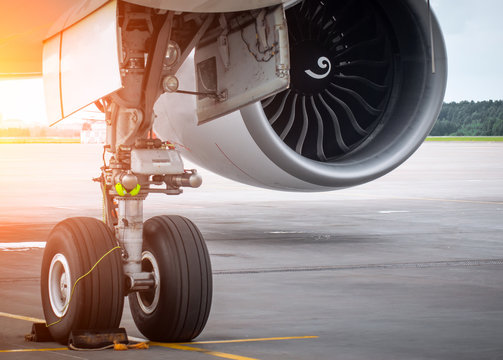
- Aircraft wheels
- Housings
- Brackets
Consumer Goods:
Low-pressure die casting is used to produce various consumer goods, such as
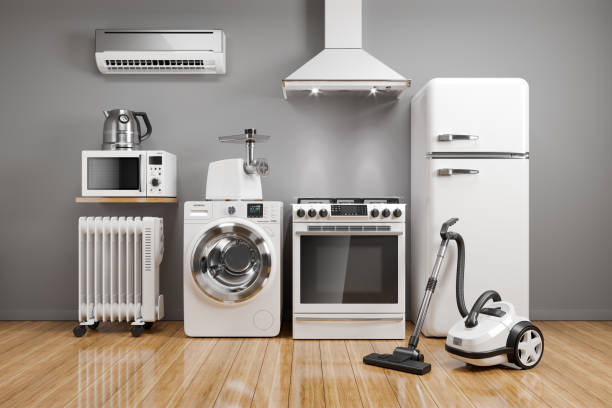
- Power tools
- Appliances
- Cookware
Electronics:
The low-pressure die casting process is widely used to produce a variety of electronic components, such as
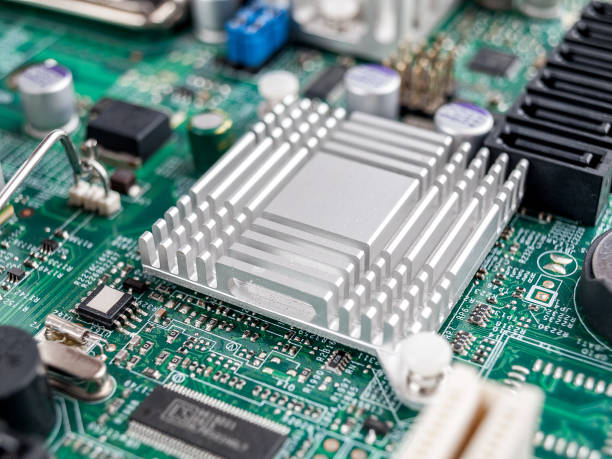
- Heat sinks
- Housings
Medical Devices:
LPDC is used to produce a variety of medical devices, such as
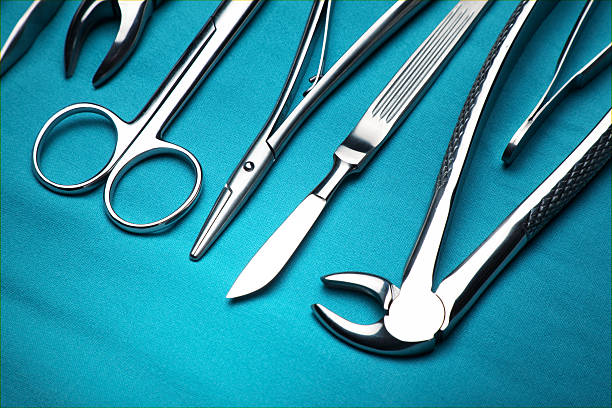
- Implants
- Surgical instruments
Low-pressure die casting is a valuable manufacturing process that can be used to produce a wide variety of high-quality castings. If you’re considering using this method for your next project, be sure to contact a manufacturing consultant to discuss your specific needs.
Difference between Low Pressure Die Casting Process and High Pressure Die Casting Process
Casting Pressure:
Low-pressure die casting operates at relatively low pressure, typically below 0.5 Mpa. Whereas high-pressure die casting involves significantly higher pressure, often exceeding 10 Mpa.
Cycle Time:
Low-pressure die casting generally has a longer cycle time compared to high-pressure die casting. That is high-pressure die casting has shorter cycle times, making it more suitable for high-volume production.
Surface Finish:
Low-pressure die casting results in parts with a smoother surface finish, reducing the need for additional finishing processes. Whereas, high-pressure die casting may require more attention due to the higher pressures involved.
Part Size:
Low-pressure die casting is well-suited for smaller to medium-sized parts. Whereas Low-pressure die casting can accommodate a wider range of parts sizes, including larger and heavier components.
Energy Consumption:
Low-pressure die casting generally requires less energy compared to high-pressure die casting, contributing to better energy efficiency.
Understanding these differences is crucial for you to choose the most suitable die casting process based on your specific production requirements.
Conclusion:
Low-pressure die casting stands out as a versatile and effective manufacturing process. It is particularly suitable for applications where meticulous precision and enhanced mechanical properties are paramount. As technology advances and manufacturing requirements evolve, this process continues to be a valuable choice for those seeking a balance between quality and efficiency in metal components production.
How TOPGRID can help you ?
We TOPGRID, your manufacturing partner, offer you 50+ such manufacturing processes. You can choose as per your product needs.
We’re dedicated to upholding the highest standards of quality throughout every stage of your manufacturing process.
From the initial design to the final product completion, we assure you that the materials that undergo these processes and the products produced are quality-checked.
You can completely rely on Us! We simplify your complicated manufacturing processes!
Topgrid – Low Pressure Die Casting Services
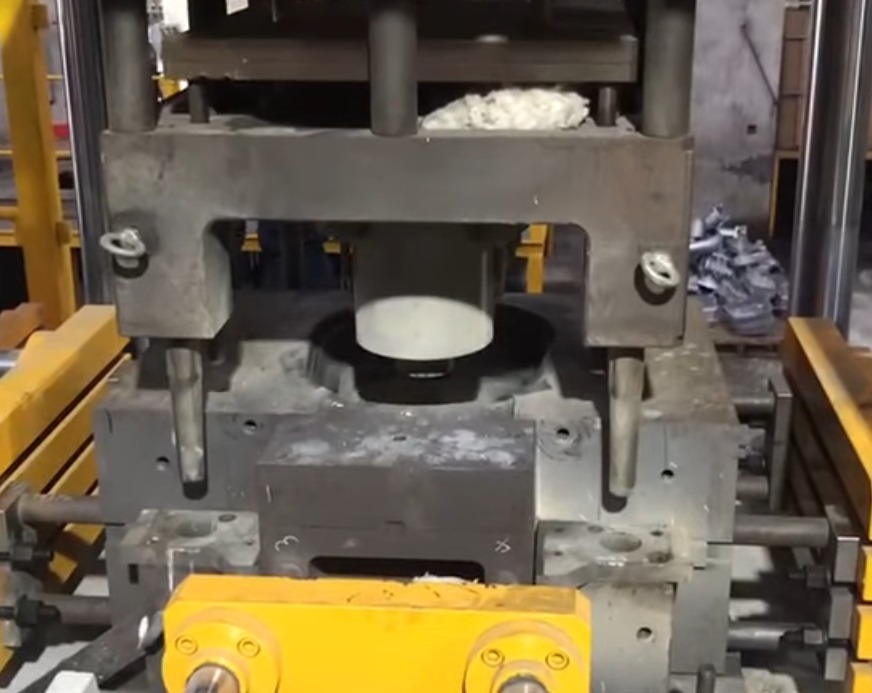
- At Topgrid, we pride ourselves on being a best provider of Low Pressure Die Casting Services.
- Topgrid’s Low pressure die casting services are ideal for a wide range of industries, including automotive, aerospace, electronics, medical, and consumer goods.
- If you are looking for a high-quality, reliable LPDC provider, contact Topgrid today.
